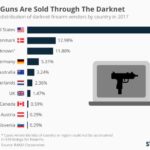AlphaBay Is Taking Over the Dark Web Again
AlphaBay, once a prominent name in the dark web marketplace scene, is making a surprising comeback and taking over the dark web again. Its resurgence has garnered significant attention from users seeking a wide range of illegal goods and services. The dark web market list continues to evolve rapidly, with AlphaBay now reestablishing itself among the top platforms. For those interested in exploring available darknet markets, the list provides valuable insights into the most active and reliable sites, including options like darknet market list. Staying updated on these platforms is essential for navigating the complex and often perilous world of the dark web safely and effectively.

Kill List
Darknet markets have long been a hub for illegal activities, but recent reports suggest that AlphaBay is making a significant resurgence. This marketplace, once shut down by law enforcement authorities, appears to be re-establishing itself within the dark web ecosystem. The renewed activity on AlphaBay has raised concerns among cybersecurity experts and law enforcement agencies alike, as it indicates the persistent nature of underground markets and their ability to adapt and reemerge.
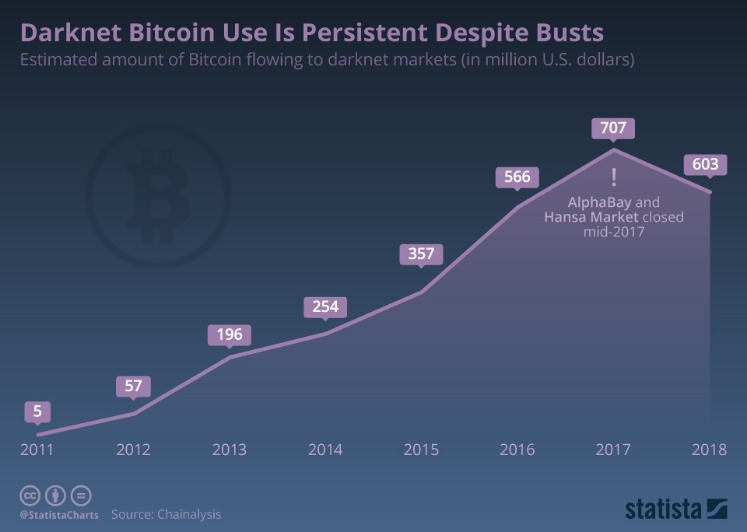
One of the key elements fueling this resurgence is the updated darknet market list, which highlights the platforms currently active and popular within the illicit online trade. The list serves as a vital resource for those seeking to understand the landscape of dark web marketplaces, revealing the shifting dynamics of illegal online commerce. It also underscores the challenges faced by authorities trying to monitor and shut down these operations, especially when marketplaces like AlphaBay return with enhanced security features and new vendor networks.
Law enforcement agencies continue to combat these threats, but the persistent reappearance of platforms such as AlphaBay illustrates the resilience of dark web markets. The darknet market list remains an essential tool for researchers and policymakers aiming to disrupt illicit trade, while users continue to exploit these platforms for a range of illegal transactions. Vigilance and ongoing efforts are crucial in managing the risks associated with these hidden online economies.
The Top 7 Dark Web Marketplaces in 2025
The darknet marketplace landscape continues to evolve rapidly as new platforms emerge and older ones reappear, reshaping how users access and trade on the dark web. In 2025, one of the prominent topics is AlphaBay taking over the dark web again, signaling a significant shift in the darknet economy. With the increasing sophistication of these marketplaces, understanding the top darknet markets of 2025 is essential for anyone interested in the dark web ecosystem. This article explores the current leading darknet market list, highlighting their features, safety considerations, and what makes them prominent in today’s digital underground.
AlphaBay, once a dominant player in the darknet market scene, has experienced a resurgence and is now regarded as one of the top marketplaces again. Its reentry underscores the ongoing competition and adaptability among darknet platforms. Besides AlphaBay, the darknet market list in 2025 features several other key players that have maintained their prominence through secure operations and expanded offerings.
Among the top darknet marketplaces are platforms that specialize in a variety of goods and services, ranging from illicit substances to stolen data. These marketplaces leverage advanced security measures and anonymization tools to protect both vendors and buyers. Notably, some of these platforms prioritize transparency and community moderation, fostering trust among users despite the inherent risks involved.
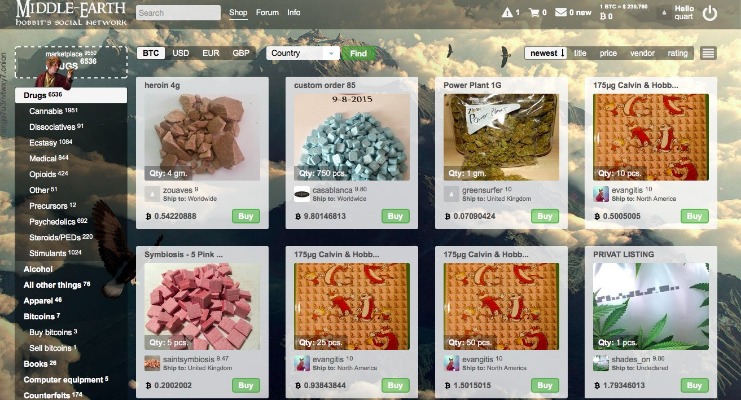
The darknet market list for 2025 also highlights the importance of reputation systems and escrow services, which are vital in minimizing scams and ensuring transaction security. Users typically rely on feedback ratings and verified vendor profiles to gauge reliability. The reemergence of platforms like AlphaBay and the prominence of other well-established marketplaces emphasize the ongoing demand for discreet, anonymous trading environments in the digital underground.
Despite efforts by authorities to shut down illicit platforms, these markets continue to adapt, utilizing new technologies and decentralized architectures to stay online. Awareness of the darknet market list helps users navigate these platforms more safely, although it is always crucial to recognize the legal and ethical risks associated with accessing dark web marketplaces.
In summary, the dark web’s marketplace scene in 2025 is characterized by the resurgence of established platforms like AlphaBay and the emergence of innovative new marketplaces. Staying informed about the latest darknet market list is essential for understanding current trends and security practices within this clandestine sector, where anonymity and trust are paramount. As the landscape continues to shift, continuous vigilance and awareness remain critical for anyone engaging in dark web activities.
“Reputation In The Internet Black Market: An Empirical And Theoretical Analysis Of The Deep Web ”
Recent reports suggest that AlphaBay, a once-prominent darknet market, is resurging and regaining influence within the deep web community. Known for its vast marketplace offerings, AlphaBay’s return has raised concerns among cybersecurity experts and law enforcement agencies alike. As darknet markets continue to evolve, understanding the current landscape is essential for both researchers and users interested in digital anonymity and cybersecurity threats.
Darknet markets are an integral part of the deep web, providing platforms for a wide range of illicit activities including drug trafficking, counterfeit goods, and stolen data. A comprehensive darknet market list often includes both long-standing participants like AlphaBay and newer entrants, which appear rapidly in response to law enforcement crackdowns on older platforms. The fluctuating nature of these markets makes it challenging to track and analyze their operations consistently.
The empirical and theoretical analysis of reputation systems on these markets reveals their critical role in establishing trust among anonymous users. Despite the criminal nature of many transactions, reputation mechanisms function as a form of digital currency of trust, impacting the longevity and stability of markets like AlphaBay. The recent resurgence of AlphaBay illustrates how reputation, combined with technology, sustains user engagement and market survival in the underground economy.
- We developed Lunar to monitor the deep and dark web, including dark web marketplace sites.
- Its operators had been arrested in Germany nearly a month previously, but this had been kept quiet so that Dutch police could take over and continue the market’s operations in order to collect further information on Hansa’s users.
- One of the things I did to prep for this episode was to watch the movie Hit Man by Richard Linklater.
- I’m like, no, it wouldn’t be over, because I’m on — I’ve been on the website for years.
As the darknet market list continues to evolve, AlphaBay’s re-emergence signifies its well-established reputation and resilience in the face of authorities’ efforts to dismantle such platforms. Understanding these dynamics is vital for developing effective strategies to monitor and potentially disrupt illegal activities in the online black market space, while also advancing research into the complex ecosystem that underpins the deep web.
How Darknet Markets Fought for Users After Hydras Collapse
The collapse of Hydras marked a significant turning point in the dark web marketplace ecosystem, prompting a rapid response from other platforms to fill the void left behind. As trust and security concerns grew among users, various darknet markets began to implement new strategies to retain and attract their communities. The darknet market list, a comprehensive collection of active and reputable platforms, became an essential resource for navigating this evolving landscape. Market administrators and users alike sought ways to ensure continued access to goods and services amidst a rapidly changing environment, often turning to alternative markets that prioritized security and anonymity.
Many darknet markets have emerged or adjusted their operations in the aftermath of Hydras’ downfall, emphasizing features such as escrow services, robust customer support, and enhanced privacy protocols. For those seeking options beyond traditional platforms, the darknet market list serves as a valuable guide. It consolidates information on various marketplaces, highlighting their reliability, available categories, and unique features. This list continues to evolve as new markets appear and others shut down, playing a crucial role in maintaining user access to a diverse range of services while promoting safer browsing practices amidst ongoing security challenges.
Treasury Sanctions Russia-Based Hydra, Worlds Largest Darknet Market, and Ransomware-Enabling Virtual Currency Exchange Garantex U S. Department of the Treasury
Darknet markets have played a significant role in facilitating anonymous online transactions, particularly in the realm of illicit goods and services. When major platforms like Hydras, once considered the world’s largest darknet market, face shutdowns or sanctions, communities and users often seek alternative markets to continue their activities. The collapse of Hydras, a prominent Russia-based marketplace, prompted a surge in efforts from other darknet markets to fill the void and provide continued access for their users.
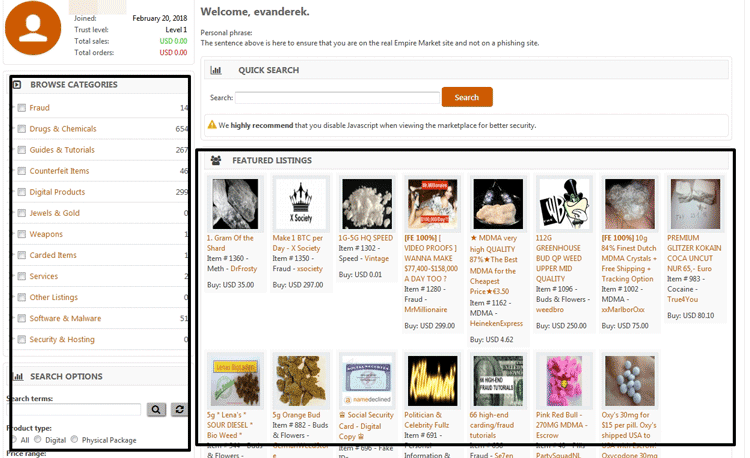
Following Hydras’ sanctioning by the U.S. Department of the Treasury, which categorized it as a significant entity involved in facilitating illegal transactions, many users and vendors migrated to other platforms. These darknet markets, part of a resilient ecosystem, often operate in a constantly shifting landscape to evade law enforcement and maintain service continuity. Some notable darknet market list entries that gained prominence during this period include platforms focusing on secure, anonymous transactions for a variety of illicit commodities, from drugs to counterfeit documents.
In response to the sanctions and shutting down of Hydras, several darknet market list sites emerged or expanded, showcasing alternative marketplaces that emphasize security, privacy, and a broad spectrum of offerings. These markets incorporate features such as multisignature escrow, reputation systems, and encrypted communication channels to build trust among users. The resilience of these marketplaces demonstrates their ability to adapt quickly to crackdowns and sanctions, ensuring access for users who depend on these platforms for their transactions.
Additionally, the ongoing struggle with virtual currency exchanges, such as Garantex—suspected of enabling illicit transactions—is part of this broader context. The U.S. Treasury’s actions against Garantex highlight how authorities are targeting financial infrastructure used by darknet markets and associated entities. These measures aim to disrupt the monetary flow that sustains these illicit marketplaces, further influencing the darknet market list and prompting operators to develop more covert and decentralized transaction methods.
Overall, despite enforcement efforts and sanctions targeting major platforms like Hydras and Garantex, the darknet market ecosystem continues to evolve. The darknet market list remains dynamic, reflecting the adaptability of vendors and users committed to maintaining anonymous trading environments. This ongoing battle between law enforcement and illicit marketplace operators underscores the importance of cybersecurity and regulatory measures in disrupting these illegal online activities.
Why are Billion-Dollar Darknet Markets Retiring?
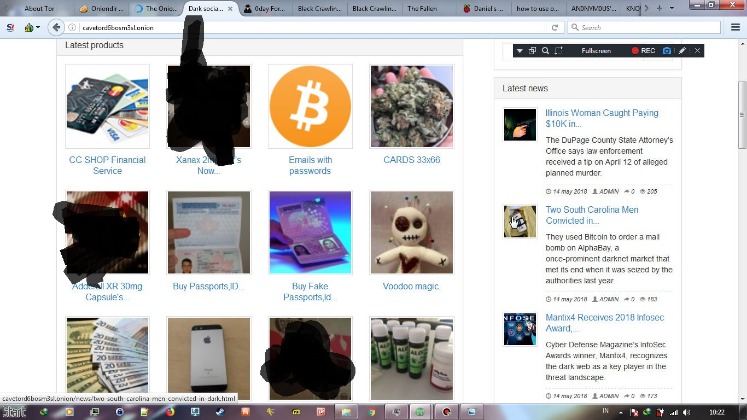
The collapse of Hydras, one of the largest and most prominent darknet markets, marked a significant turning point in the landscape of online illicit trade. In the aftermath, many darknet markets stepped up to support their users by implementing measures aimed at maintaining security, facilitating transactions, and providing user protections amidst regulatory and law enforcement crackdowns. This resilience demonstrated the adaptability of darknet communities, which often rally together in times of disruption to preserve their ecosystems.
Among the notable darknet markets, some have managed to sustain stability by diversifying their offerings and enhancing privacy features. These markets, often included in darknet market lists, have shown resilience despite increased scrutiny and police operations targeting their infrastructure. As a response to Hydra’s collapse, these platforms prioritized user safety and transaction anonymity, believing that protecting their user base was vital for their survival and future profitability. Many of these markets are now focusing on more sophisticated security protocols, multi-signature escrow services, and improved marketplace interfaces to retain loyalty and trust.
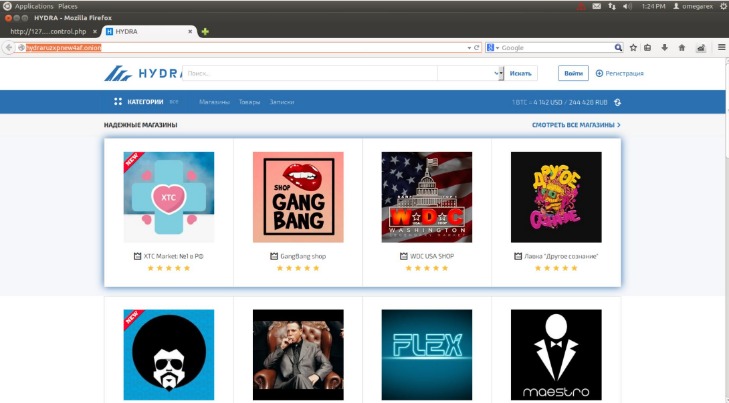
Interestingly, the trend of billion-dollar darknet markets retiring can be attributed to several factors. The intensified law enforcement efforts, including high-profile takedowns and keystone investigations, have increased operational risks for market administrators and vendors. Additionally, the rise of decentralized and peer-to-peer platforms makes it more difficult for authorities to shut down illicit networks completely. Market owners are also increasingly aware of the legal and financial risks associated with running these platforms, prompting some to exit the scene entirely. As a result, gains from these large-scale operations are diminishing, leading to a strategic retreat by several prominent markets.
Despite these challenges, the darknet market list continues to evolve, featuring a mix of long-standing platforms and newer entrants striving to fill the void left by retiring markets. This ongoing cycle of emergence and collapse underscores the volatile nature of the darknet economy. Ultimately, these dynamics reflect the persistent efforts of users and vendors to adapt to a constantly shifting environment, seeking secure channels for their transactions even as law enforcement intensifies its efforts to dismantle these clandestine networks.
Counterfeits on dark markets: a measurement between Jan-2014 and Sep-2015 Crime Science
Darknet markets have long played a significant role in facilitating the exchange of illicit goods and services, often operating in a semi-anonymous environment that provides protection for both buyers and sellers. Following the collapse of prominent marketplaces such as Hydras, these markets faced substantial challenges but also demonstrated resilience by implementing strategies to support their user base and adapt to new security measures.
In the aftermath of Hydras’ shutdown, darknet markets intensified their efforts to ensure continuity for their users. They employed decentralized structures, improved security protocols, and promoted alternative platforms to mitigate the impact of law enforcement crackdowns. Notably, some market operators emphasized maintaining a reliable *darknet market list* to guide users toward active and trustworthy sites, fostering a sense of stability and community amidst the chaos.
One critical aspect of darknet market activity involves the proliferation of counterfeit products, which often include fake drugs, forged documents, and imitation luxury items. Between January 2014 and September 2015, crime science studies provided insights into the extent of counterfeits on these platforms. Researchers measured the prevalence of counterfeit goods across various markets, revealing that a significant portion of listings consisted of fake or adulterated products. This period marked increased sophistication in counterfeit offerings, making it more challenging for users to distinguish genuine items from fakes.
The ongoing battle between law enforcement and darknet vendors pushed these markets to develop more covert methods of operation, reinforcing their networks by maintaining updated *darknet market lists* that help users navigate trustworthy sites while avoiding law enforcement traps. Despite the risks, these markets continued to serve as alternative hubs for illegal trade, leveraging encrypted communications and anonymization tools to sustain their activities after major closures.
Overall, the resilience of darknet markets after crises like Hydras’ collapse highlights their adaptability in maintaining user trust through curated lists and community-based reputation systems. The prevalence of counterfeit items during this period underscores the ongoing challenges faced by authorities and consumers alike in combating illicit trade on these hidden online platforms.

